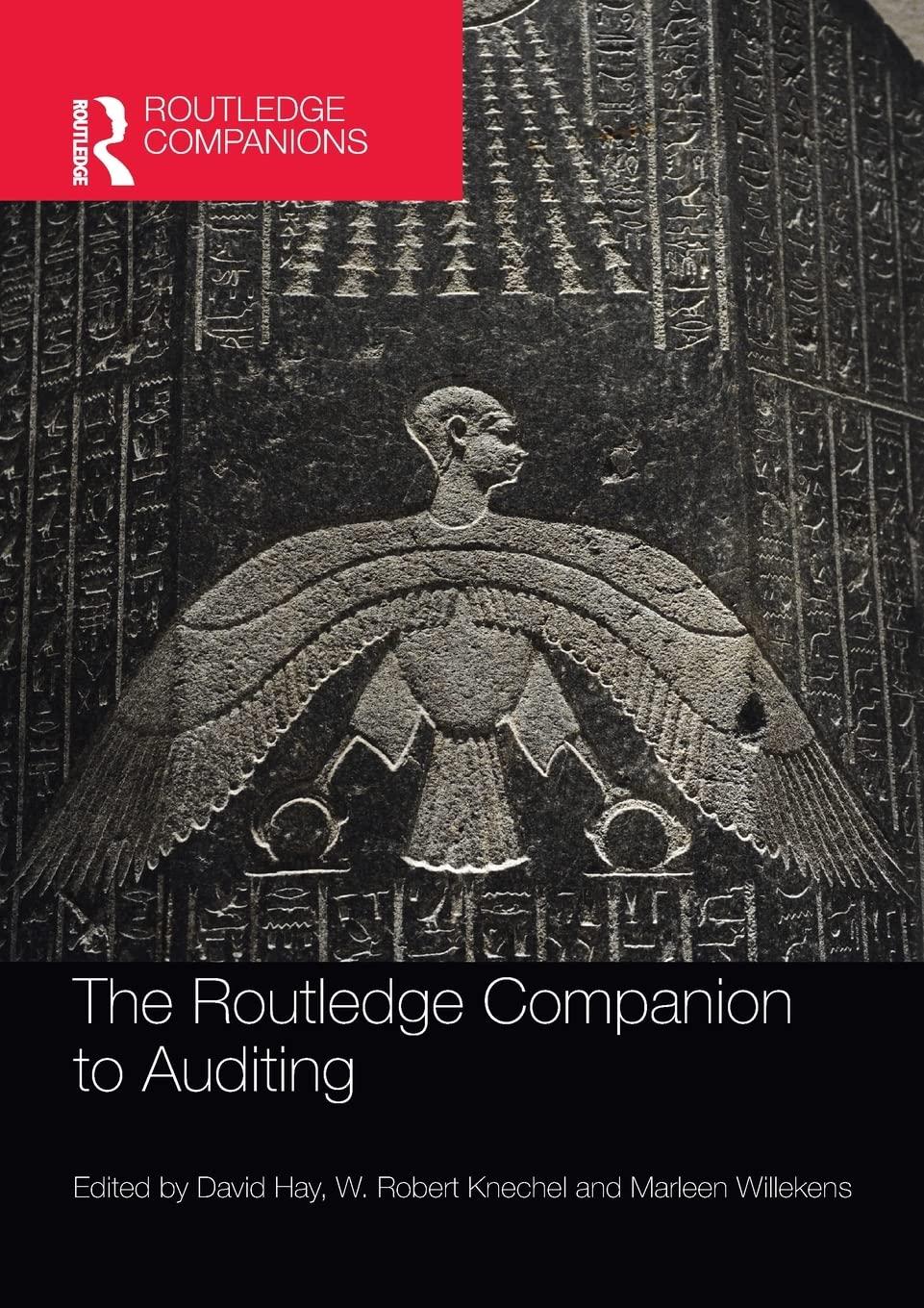Question
1-3 (14-16) 14. Hamilton Company uses job-order costing. Manufacturing overhead is applied using a predetermined rate of 150% of direct labor cost. Any underapplied or
1-3 (14-16)
14. Hamilton Company uses job-order costing. Manufacturing overhead is applied using a predetermined rate of 150% of direct labor cost. Any underapplied or overapplied manufacturing overhead is closed to Cost of Goods Sold at the end of each month. Additional information is available as follows: Job 101 was the only job in process at January 31. The job cost sheet for this job contained the following costs at the beginning of the month: Direct materials-$4000, Direct labor-$2000, Applied manufacturing overhead-$3000. Jobs 102, 103, and 104 were started during February. Direct materials requisitions for February totaled $26,000. Direct labor cost of $20,000 was incurred for February. Actual manufacturing overhead was $32,000 for February. The only job still in process at February 28 was Job 104, with costs of $2,800 for direct materials and $1,800 for direct labor. The cost of goods manufactured for February was: A.$77,700 B.$78,000 C.$79,700 D.$85,000
15. Toan Inc. uses a job-order costing system in which any underapplied or overapplied overhead is closed to cost of goods sold at the end of the month. In September the company completed job S80M that consisted of 23,000 units of one of the company's standard products. No other jobs were in process during the month. The job cost sheet for job S80M shows the following costs: Beginning balance-$66,700, Direct materials-$494,500, Direct labor cost-$158,700, Manufacturing overhead cost applied-$269,100. During the month, the actual manufacturing overhead cost incurred was $270,020 and 3,000 completed units from job S80M were sold. No other products were sold during the month. The unit product cost for job S80M is closest to: A.$31.30 B.$43.00 C.$329.97 D.$329.67
16. An effective ERM program would include coverage of broad risk categories, including: A.legal and regulatory risks B.risk of losses due to natural disasters C.risk of IT operations failures D.all of the above
Step by Step Solution
There are 3 Steps involved in it
Step: 1

Get Instant Access to Expert-Tailored Solutions
See step-by-step solutions with expert insights and AI powered tools for academic success
Step: 2

Step: 3

Ace Your Homework with AI
Get the answers you need in no time with our AI-driven, step-by-step assistance
Get Started


